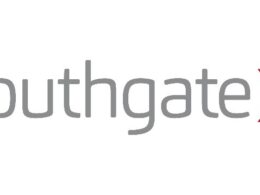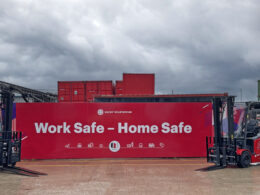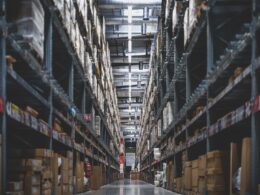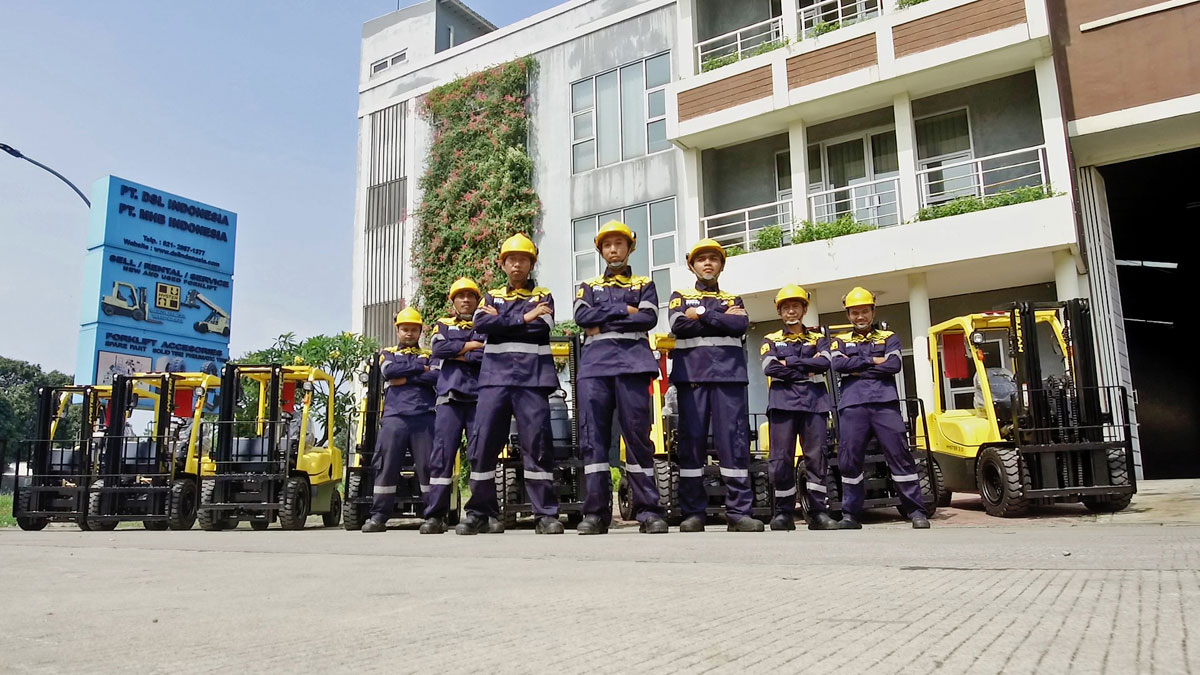Richard Scholes from PARRS explains why warehouses are wasting time, money and man-hours by buying cheap equipment.
There is a big difference between price and cost. “Price is what you pay for the product, cost is what that product ends up taking out of your pocket over the period of time that you own,” Evan Bartlett said on Quora. In the warehousing and logistics industries, many people tend to focus on the former. Warehouses will routinely purchase equipment that is being sold at a cheap price in order to reduce their expenditure. However, whether it is storage facilities, personal protection equipment or sack trucks, buying cheap is rarely the most cost-effective solution for a warehouse. A bargain is only a bargain if what you purchase does a job to the same standard that a more expensive item would. Otherwise, you could be wasting a significant amount of money.
At PARRS, a supplier of workplace industries equipment, we made the decision several years ago to reduce our high quality product sales and compete at the low end of the market. We ordered cheap equipment from Asia that we were able to sell at low prices. What we noticed, however, was that these products had longevity of as much as 30 times less than the high quality, more expensive equipment we used to promote. One of the sack trucks we sold in our catalogue lasted no more than one month – we ordered the item in May 2014 and by June that same year it had fallen apart. However our Expresso Sack Trucks, which we have been selling since the 1980s were still going as strong as ever. We since reversed to selling high quality equipment again.
These figures should be alarming to warehouses that are following the trend of buying low quality equipment at cheap prices (the cheap equipment mentioned in the above example was £49/$60 compared to the high quality equipment that was £295/$380). If the former lasts for a fraction of the time then, well, the math speaks for itself. Your business might be throwing away as much as $10 per week rather than just a few cents. This is why there is such a crucial distinction to be made between price and cost when it comes to purchasing warehousing equipment.
Cost should not just be monitored in monetary terms if you run a business. You can also measure cost in terms of productivity. If a team is not working efficiently then less work is getting done, which will almost always impact the business overall. No warehousing staff can work efficiently without sufficient equipment. Products that regularly break can impact on the amount of work being completed. In our industry, we have noticed a difference in the productivity of organisations, particularly those in Europe, that rely on quality warehousing equipment compared to others in different regions that have not. Productivity is crucial to staying competitive according to a study by Zebra Technologies.
Furthermore, faulty equipment can have an even more serious effect than just hindering an employee’s work rate. It some rare but nevertheless very important scenarios it can result in harm to staff members. Sick leave may need to be paid, staff morale will be affected, and you have a reduced workforce. Warehouses may even face charges if the equipment is particularly unsatisfactory.
The price of cheaper equipment may be low, but the overall cost is often much higher. Having defective can damage productivity, morale and retention, all of which are instrumental to the functioning of a business.













